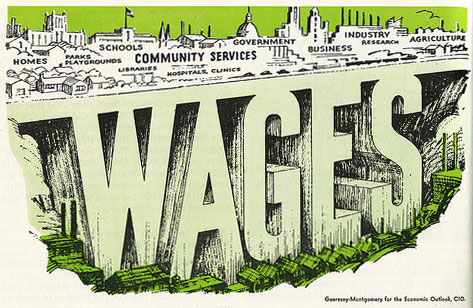By Jim Cline and Kate Kremer

In part 6 of our ongoing wage series, we now turn to the rankings of County Deputy and City Police Officer rankings throughout the State. This series always produces both expected and unexpected information about the relative standing of jurisdictions.
[Read more…]

 This is the fifth in our extensive series on current negotiation conditions and trends. In this article, we focus on recent economic developments.
This is the fifth in our extensive series on current negotiation conditions and trends. In this article, we focus on recent economic developments.
 This is the fourth part of our early 2021 wages series. In the last article in our 2021 wage series, we looked at all Washington public safety settlements from 2019 to 2021. That report showed a downward trend in 2021 settlements.
This is the fourth part of our early 2021 wages series. In the last article in our 2021 wage series, we looked at all Washington public safety settlements from 2019 to 2021. That report showed a downward trend in 2021 settlements.
